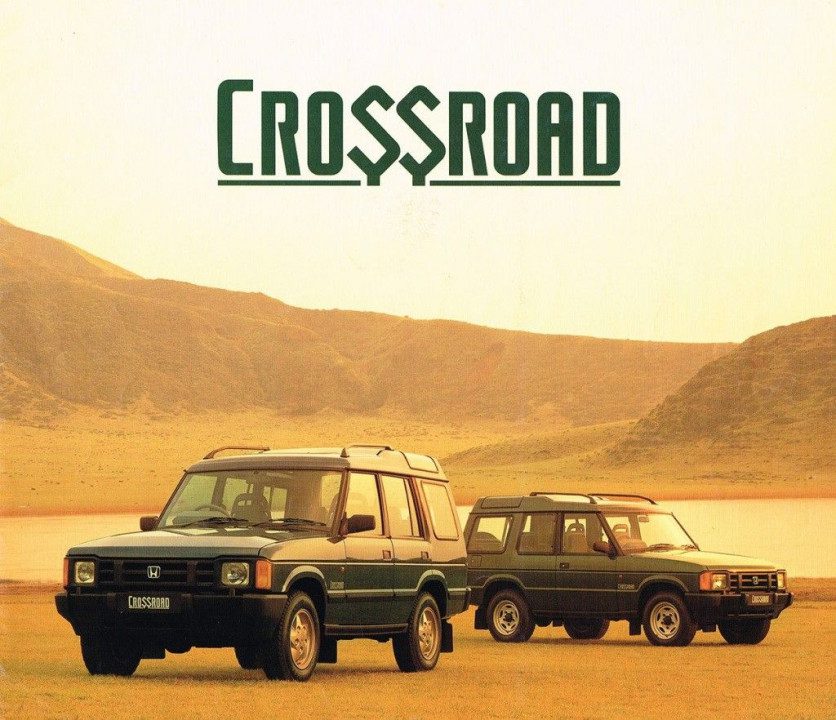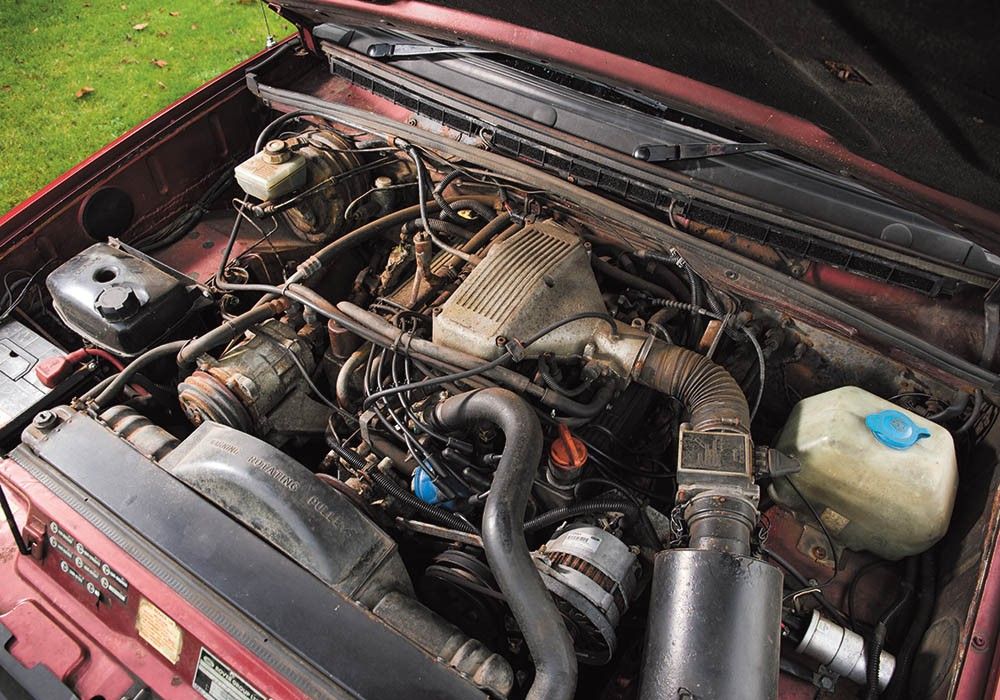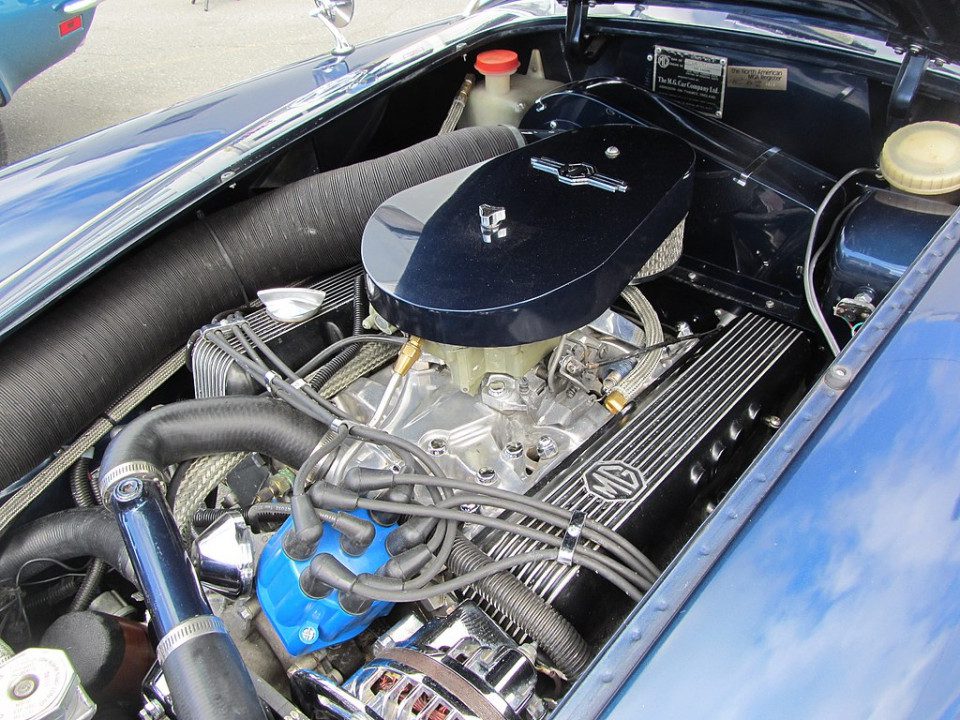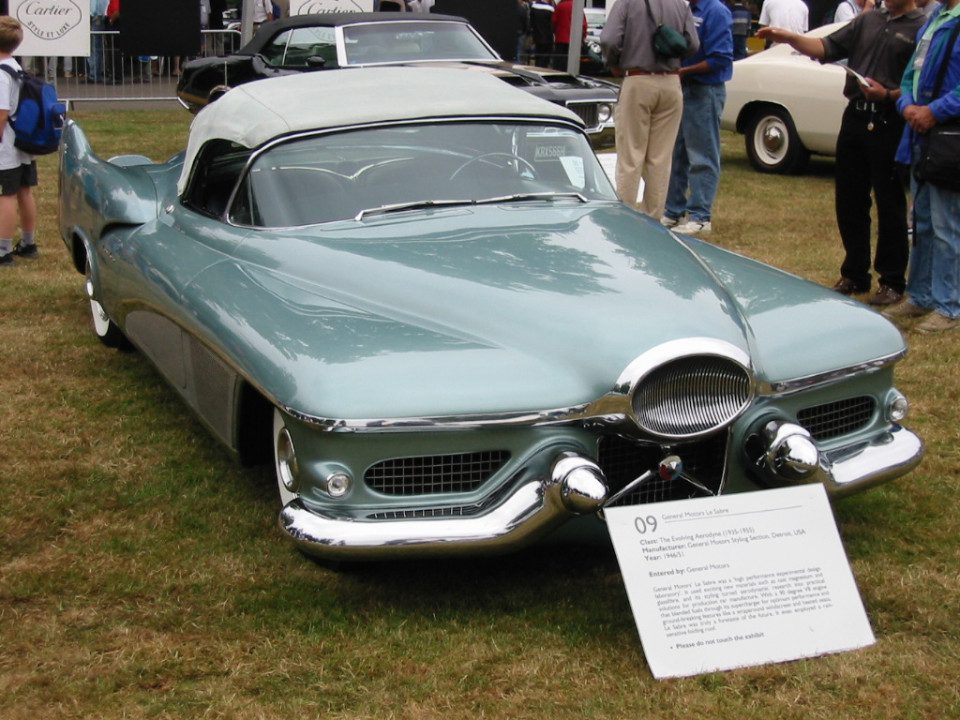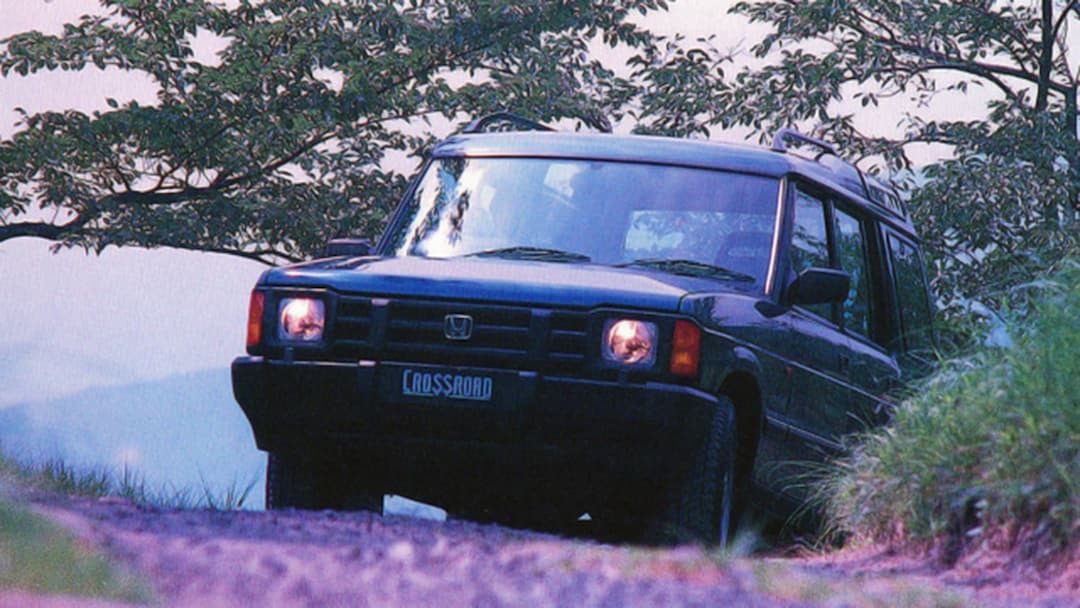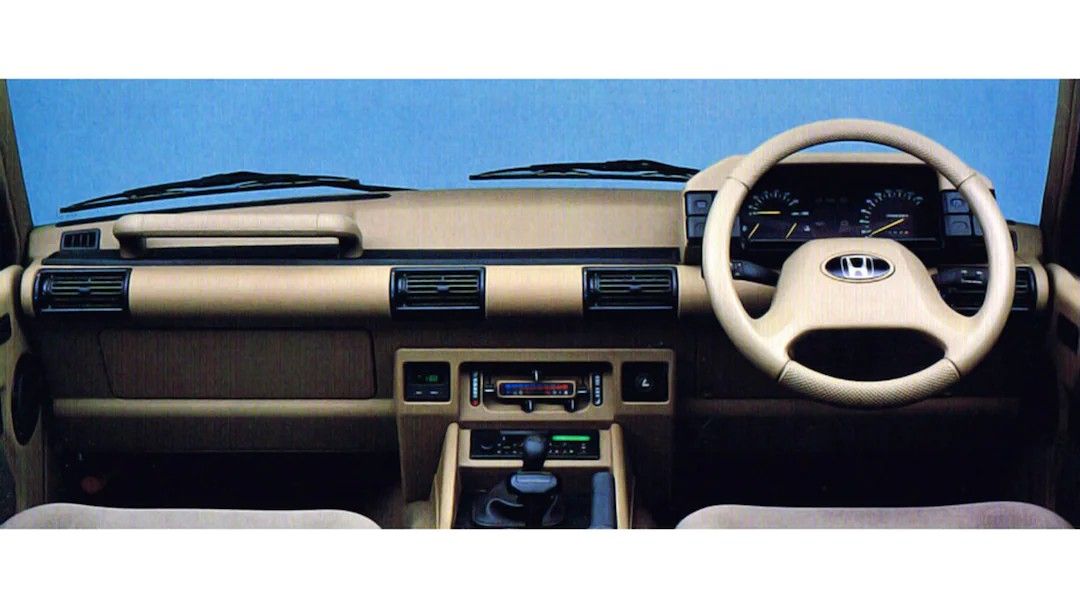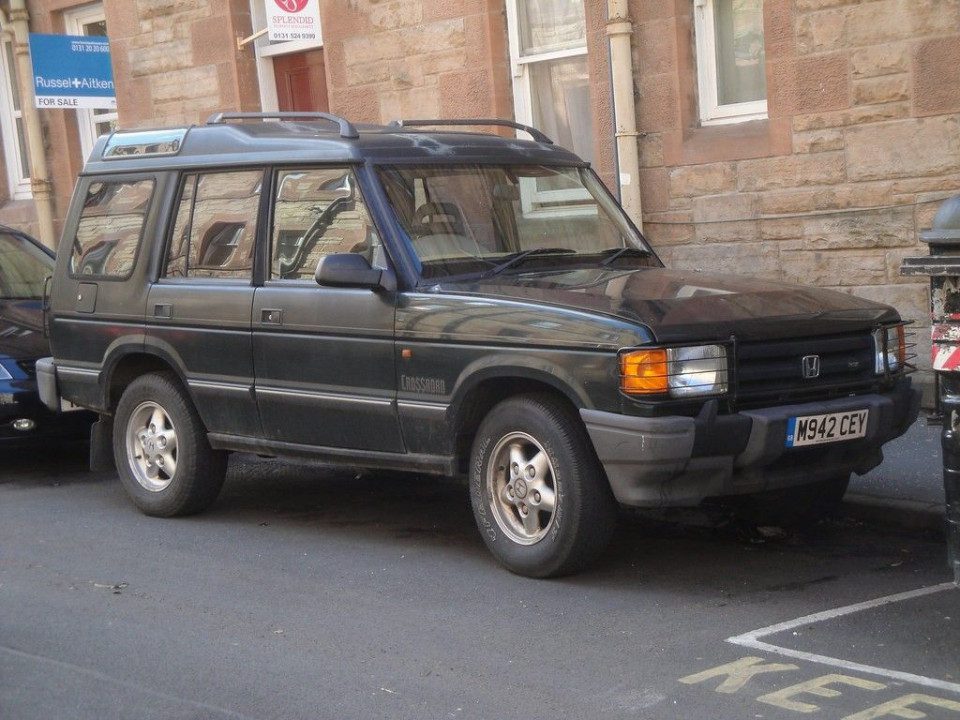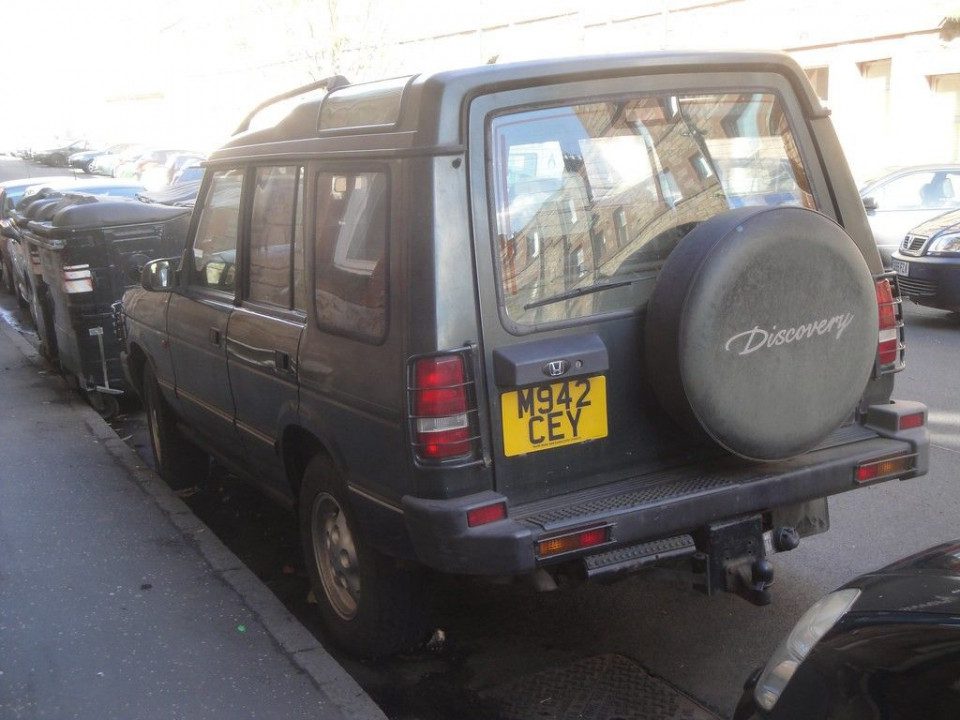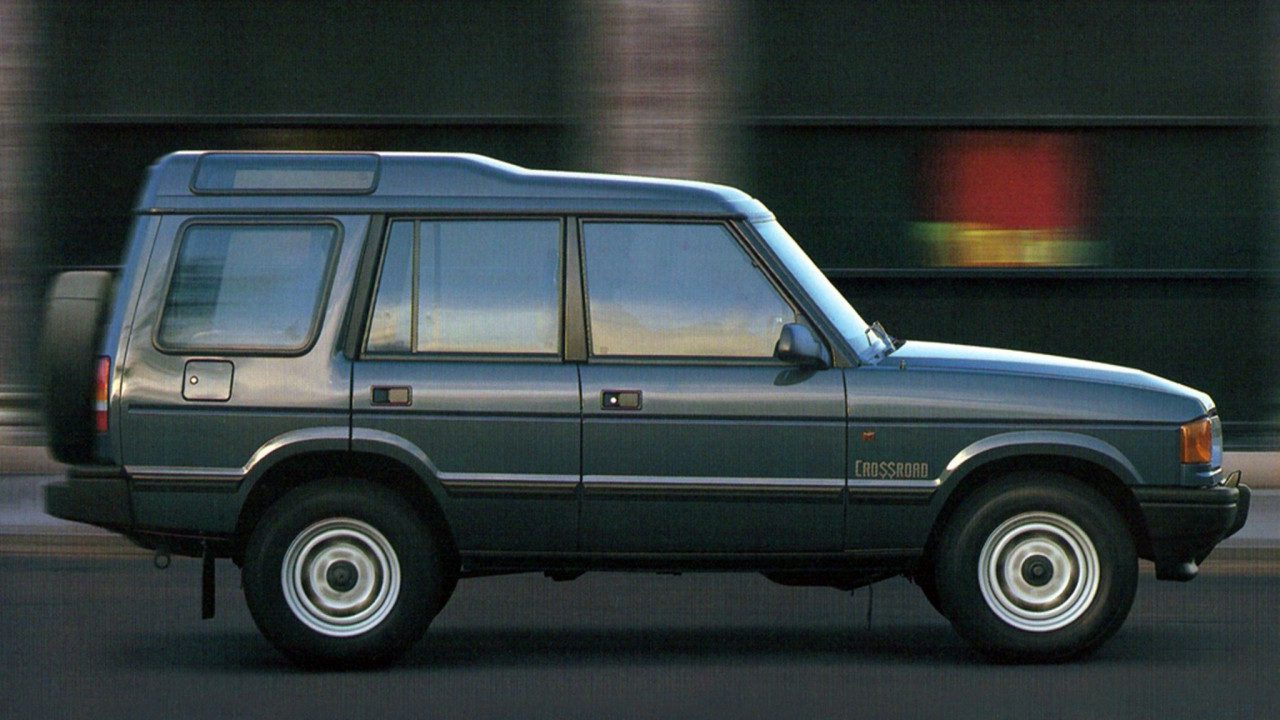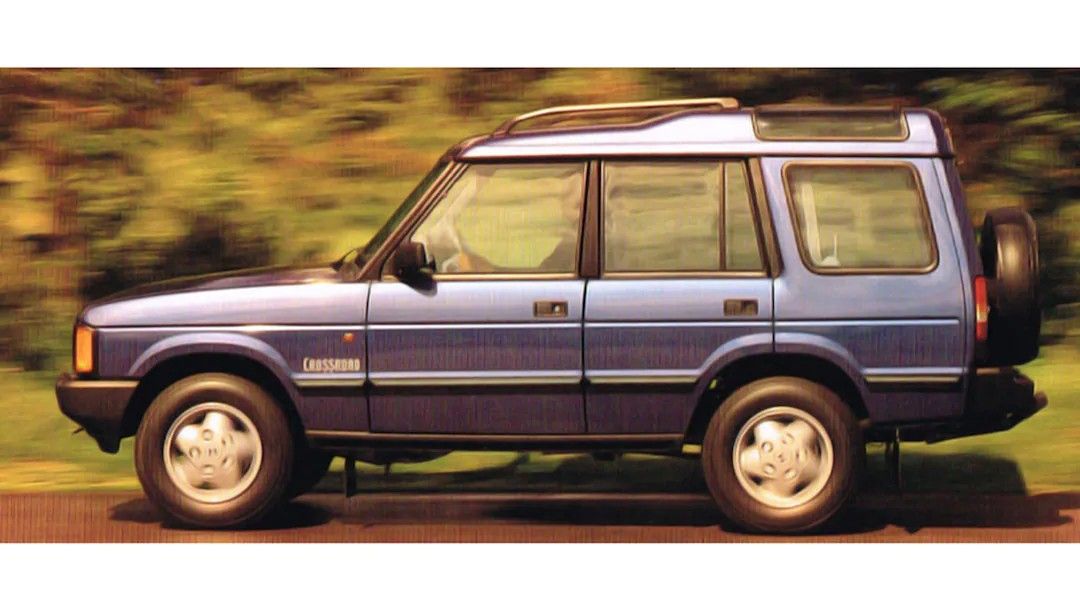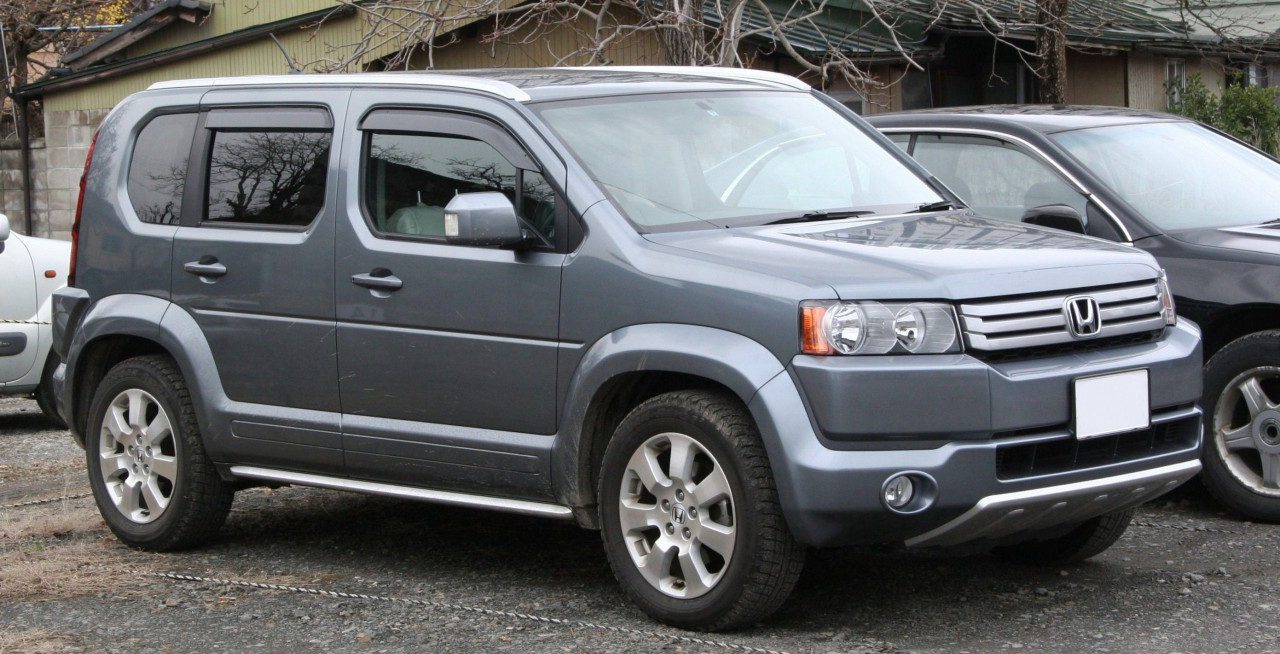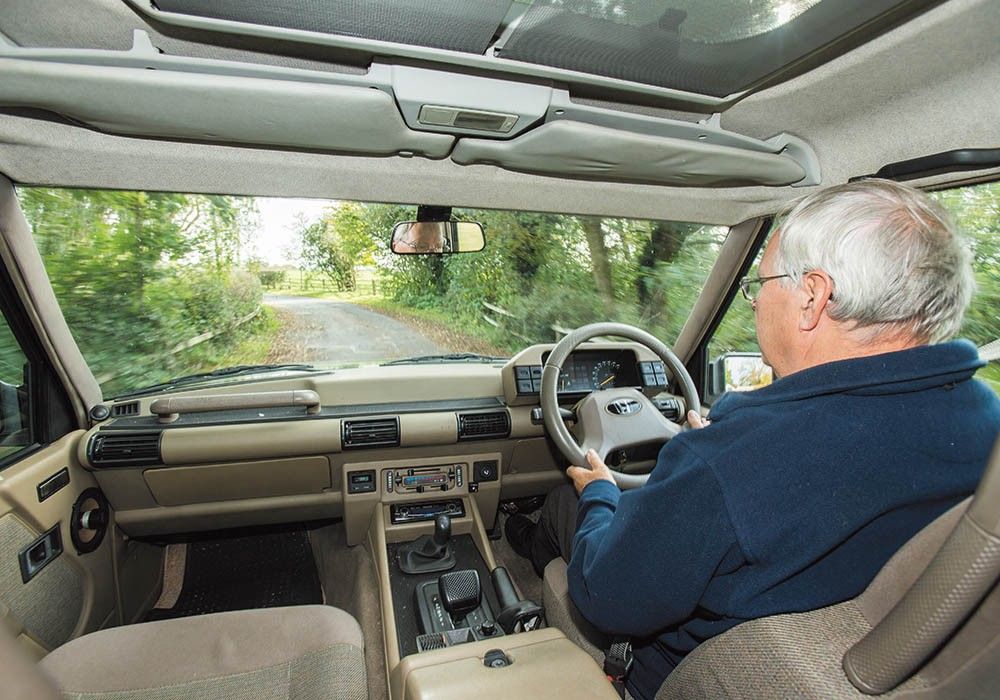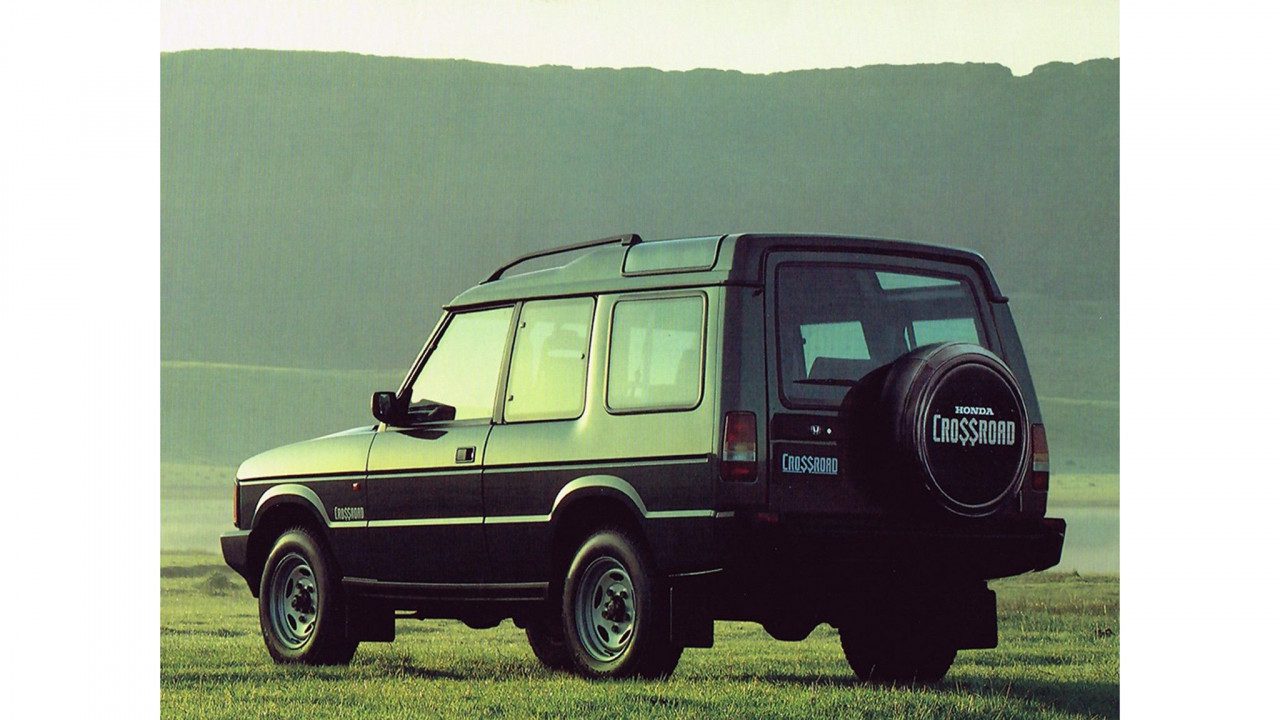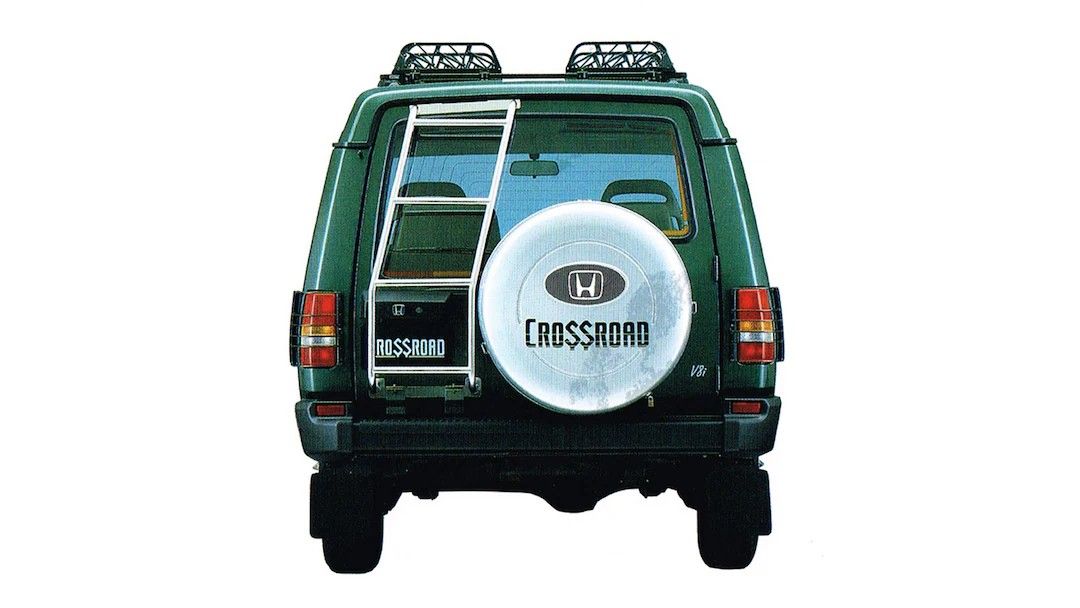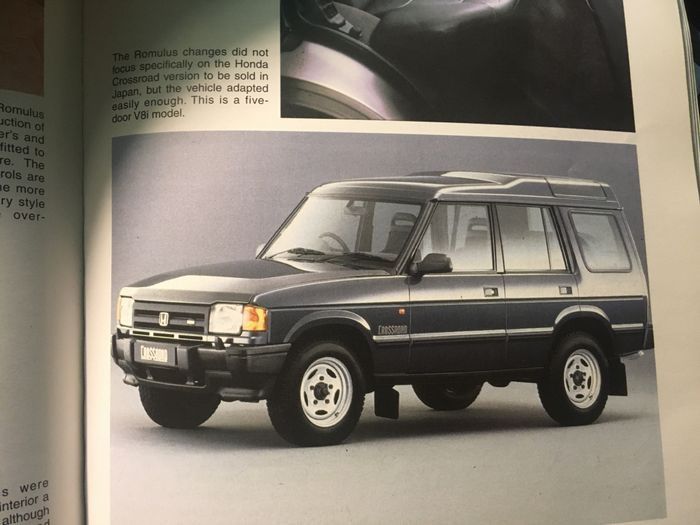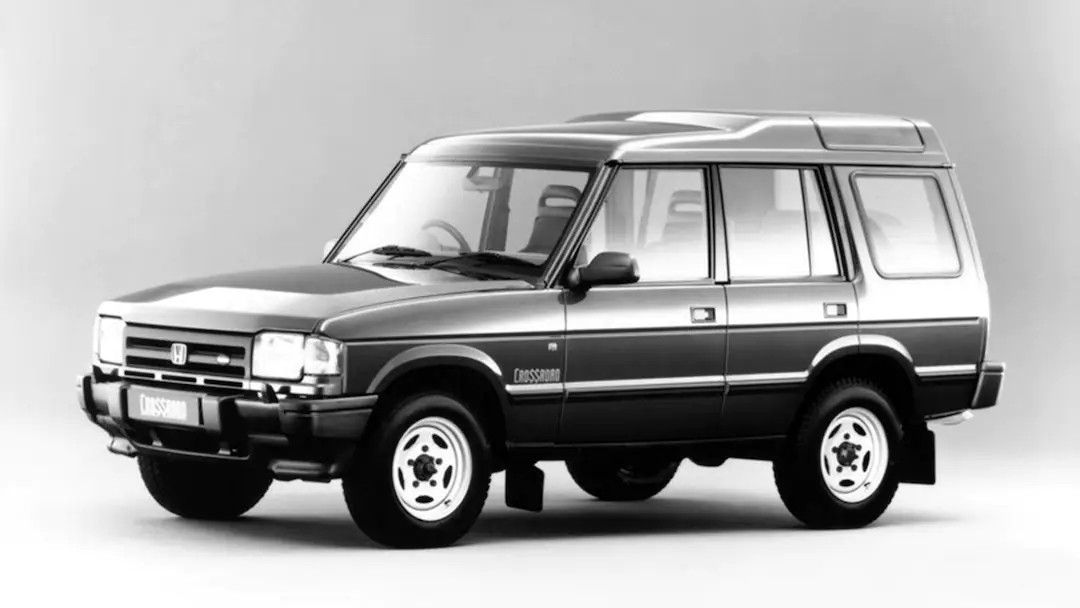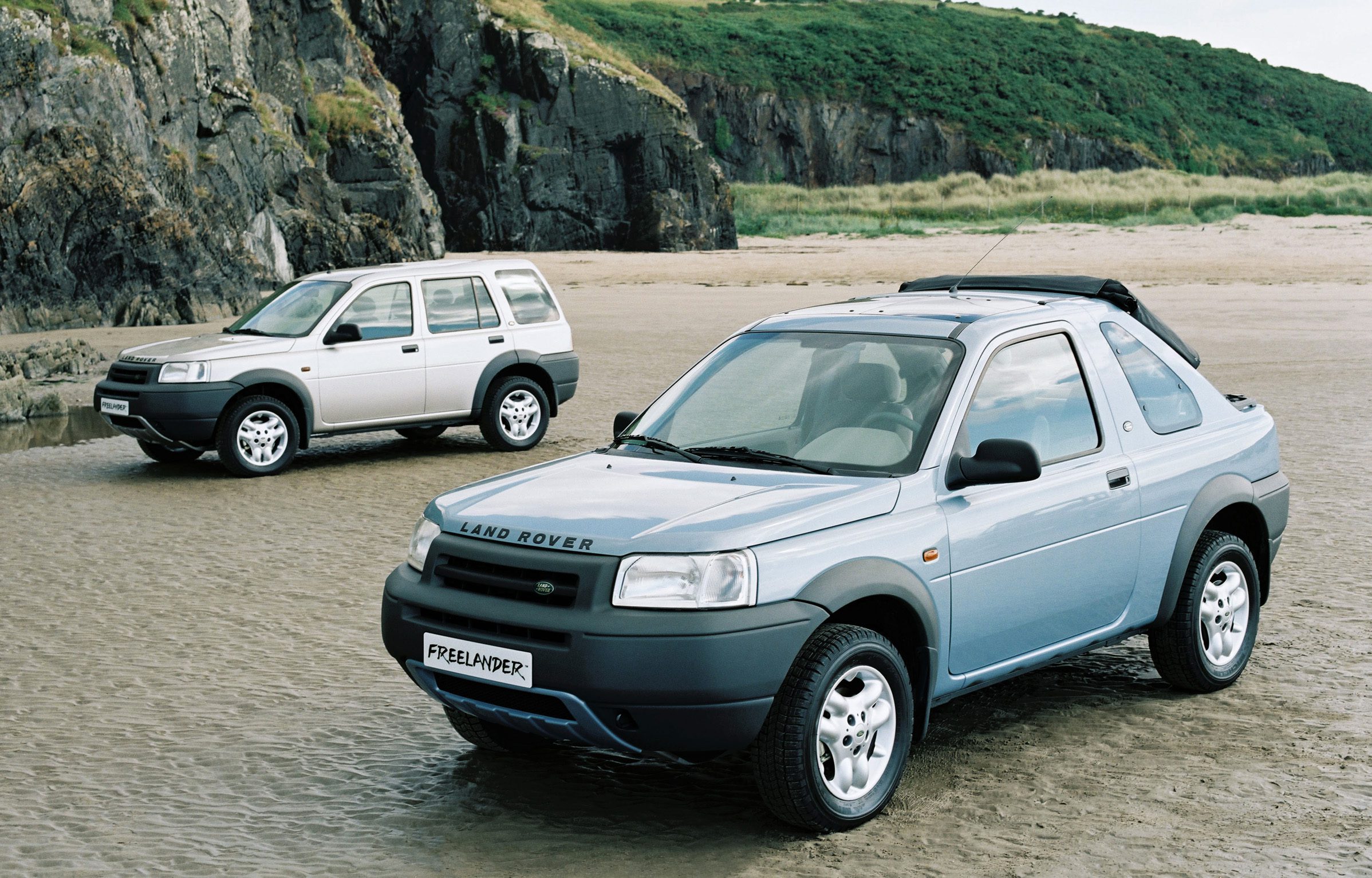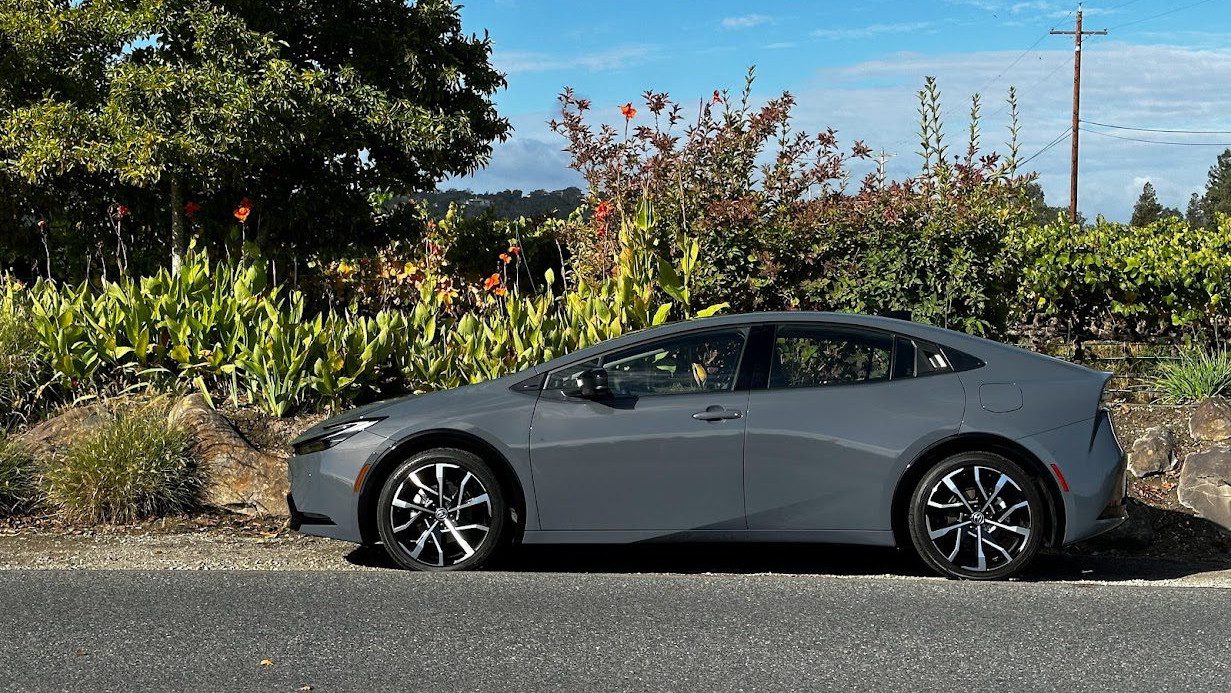HONDA CROSSROAD
The only Honda road car to have a V8.
Honda Corssroad First Gen (1993-1998): The Honda Crossroad probably has to be one of the most interesting & unreliable Honda ever, it is also the first and only Honda road car with a V8. The First Gen Corssroad is a rebadged Land Rover Discovery Series 1 sold in Japan between 1993 and 1998.
The Crossroads came about through a deal between Rover Group and Honda, who at the time owned a 20% stake in Rover. Most Rovers sold in the UK were rebadged Hondas, for example the Rover 600 was a rebadged Honda Accord. At the time Honda saw the growing success of SUVs, and up until they could engineer their own and build one from scratch they rebadged the then new Land Rover Discovery Series 1 as the Corssroad in Japan in 1993 through their Verno Dealerships. Honda Verno was one of the Boutique dealerships just like what Maruti Suzuki does with NEXA.
The Crossroad was codenamed LJ, was sold only in Japan with the 3.9L Overhead Valve, 2 Valves per cylinder EFi 90° petrol V8 making 180PS @4,750RPM and a peak torque of 312Nm @3,100RPM mated with ZF Friedrichshafen 4HP22 4speed Automatic Transmission. The first generation Corssroad was RWD & 4×4 and the second generation was a FWD Crossover.
The engine that was present in the Crossroad was pretty interesting. It wasn’t a Rover engine afterall. The Rover V8 was a All aluminium V8 with the cylinder block & head being made of aluminium. This engine was unveiled by 1961 called the Buick 215 V8. Here the 215 is the capacity of the engine 215cu in or 3.5L. The Crossroad/Discovery Series 1 got the bored out version of this engine at 3.9L. An early development version of this V8 was used in the 1951 GM Le Sabre Concept car. Over the years this engine was present in a lot of GM’s sister brand’s cars like 1961 Buick Special, the Oldsmobile F-85, Cutlass, and Jetfire, and Pontiac Tempest and LeMans.
Rights to these engines were purchased by the British Rover Company and used in the 1967 Rover P5B that replaced the 3L straight 6 Rover engined P5. Throughout the years, the Rover (which became part of British Leyland in 1968), and its successor companies constantly improved the engine making it much stronger and more reliable. Capacities ranged from 3.5L to 5.0L (215 to 307 cu in).
The Crossroad was not your typical Honda. It didn’t have any Honda DNA whatsoever. If I had to explain in much easier terms Honda Crossroad was basically what the first Toyota Glanza was in India. Honda just replaced their badges from the grille, steering, wheels & spare wheel cover. Just like Toyota replaced their badges for Maruti Suzuki’s badges and made no changes whatsoever in the Glanza to differentiate it from the Baleno.
To make matters worse the Ministry of Transportation forced Honda to recall thousands of Crossroads due to a faulty lock on the driver’s side door that could open while driving. Around 4,754 vehicles made from July 1995 to December 1996 were affected by the recall.
Then the deal between Honda & Rover was going end because Rover was going to be sold to BMW. In fact, the whole deal came into jeopardy when Honda learned Rover would be sold to BMW.
However BMW’s chairman made a quick flight over to Japan to try and keep the deal afloat. Whatever he said worked, and the partnership stayed intact. The Crossroad remained on sale at Japanese Honda dealerships through 1998, which coincided with the conclusion of the Discovery I’s production. By then a much more conventional and much more ‘Honda’ SUV the CR-V was launched. Eventually, the car was discontinued in 1998, and Honda soon developed its own SUV platforms.
The Crossroad name was resurrected for it’s second generation as a new crossover SUV for the Japanese market in February 2007, although that was discontinued in August 25, 2010. Honda didn’t launch it in USA & Canada because the Element sold there was similar sized and there was the CR-V & Pilot for people who wanted larger Crossovers & SUVs. Honda didn’t launch it in Europe either to reduce their average CO2 emissions in its European fleet to 140 grams per kilometer by 2009.
Recommend0 recommendationsPublished in Opinion